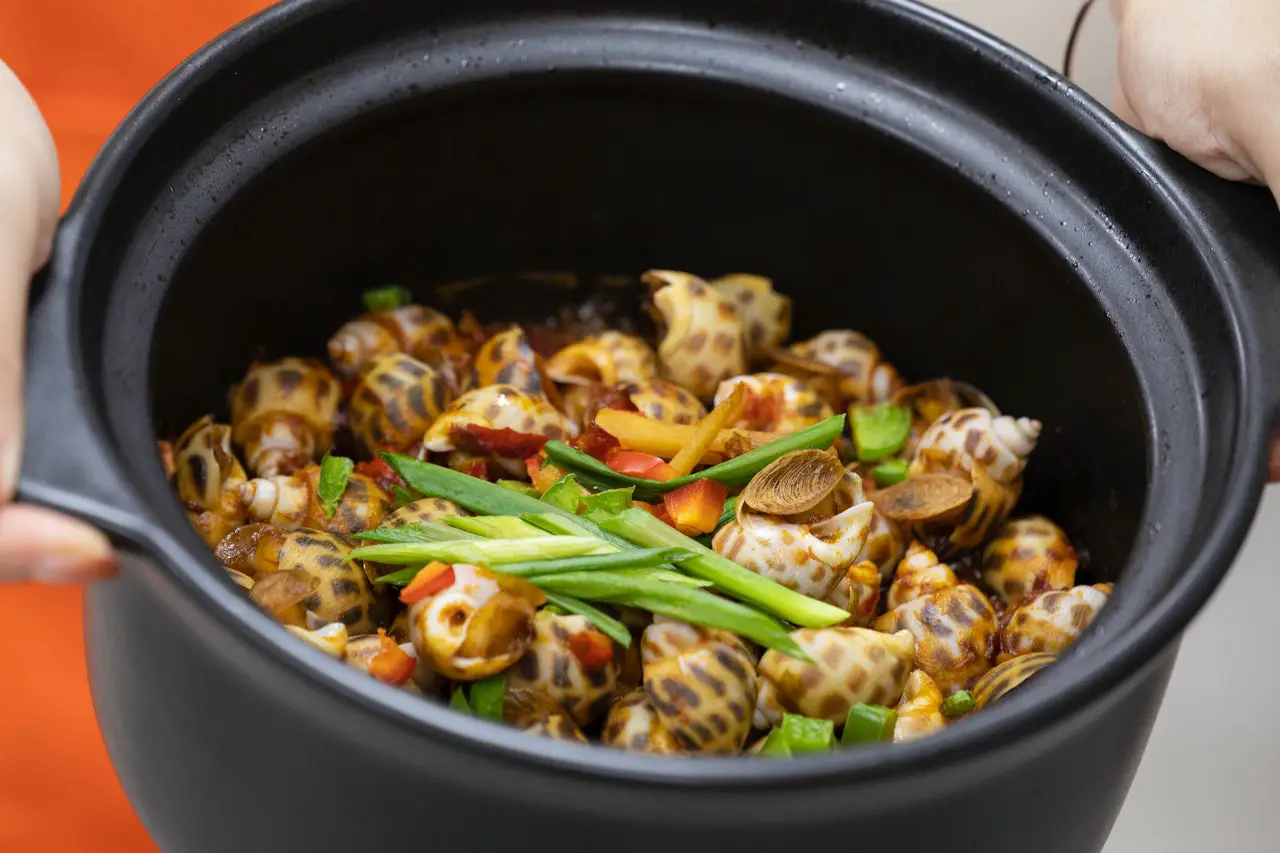The use of a pot in the kitchen is important for many reasons. A pot can be used to cook food, to boil water, and to make soup. Pots come in different sizes, so you can choose the one that is best for your needs. A large pot can be used to cook a turkey or a ham, while a small pot can be used to cook soup or oatmeal.
Pots are also very versatile. You can use them on the stovetop or in the oven. You can also use them on a campfire or in a microwave oven. Pots are made of different materials, including stainless steel, aluminum, and cast iron. Each material has its own advantages and disadvantages.
Stainless steel pots are durable and easy to clean. Aluminum pots are lightweight and inexpensive, but they are not as durable as stainless steel pots.
However, in this post, we’ll talk about is saucepan same as pot?
Let’s find out!
Is Saucepan Same As Pot?
When it comes to pots and pans, there is a clear distinction between a saucepan and a pot. A saucepan has a long helve, while pots have two looped handles. This distinction is important because it affects how the pan is used.
A saucepan is best for tasks that require stirring, such as making sauces or risotto. The long helve allows you to reach the bottom of the pan easily, while the curved sides make it easy to stir ingredients around. Pots are better for tasks that don’t require stirring, such as boiling water or frying bacon. The two looped handles make it easy to grip the pot with both hands, which gives you more control when cooking.
3 Best Saucepans To Consider
1. Looped Handles
Saucepans and pots are two of the most common kitchen vessels, but they are not interchangeable. The primary difference between them is that saucepans have a single handle, while pots have two handles that curve away from each other. This makes the pot easier to grip and lift, which is important when you’re dealing with a heavy load of food.
For smaller tasks, such as boiling water or making sauces, a saucepan will do just fine. But for larger dishes like stews or soups, a pot is the better option. The increased diameter and depth of the pot allows for more room to stir and maneuver your ingredients. And since the handles are angled away from each other, it’s less likely that you’ll lose your grip on the pot while stirring.
2. Long Helve
A saucepan is not the same as a pot because a saucepan has a long helve, whereas a pot doesn’t. The helve is the handle that extends from the saucepan. A long helve makes it easier to grip the pot or saucepan, especially if your hands are wet. This is especially important when you’re cooking with hot liquid, such as soup or stock. A pan without a long helve would be difficult to grip and could easily lead to burns.
3. Now You Know It…
When it comes to kitchenware, there is a lot of confusion over the words “pot” and “saucepan.” Though they may look similar, these two pieces of cookware have different purposes.
A pot is a large, deep vessel that is perfect for boiling water or making soups and stews. It has a wide bottom and a relatively tall profile. A saucepan, on the other hand, is narrower and shallower than a pot. Its primary purpose is to cook sauces, batters, and other delicate items.
Because of their different shapes, pots and saucepans cannot be used interchangeably.




